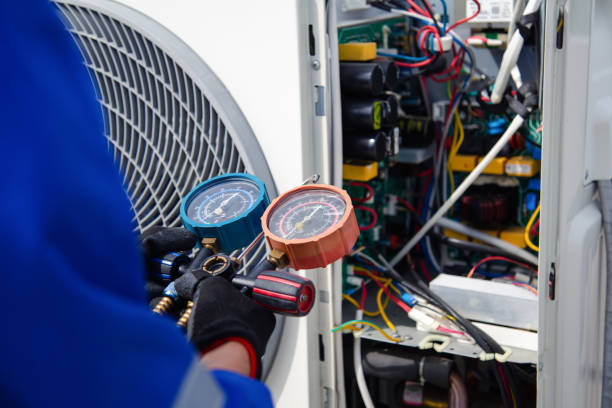When summer temperatures soar, a reliable air conditioning system becomes a necessity rather than a luxury. Upgrading your cooling system can lead to better energy efficiency, enhanced comfort, and improved indoor air quality. However, an AC installation is a significant investment and requires careful planning and consideration. Here’s what every homeowner should know before upgrading their cooling system.
Evaluate Your Current System
Before jumping into a new AC installation, assess the performance of your existing system. Is it over 10-15 years old? Are your energy bills rising? Is the system requiring frequent repairs? These are signs that it may be time for an upgrade.
Understand Your Cooling Needs
Different homes have different cooling requirements. Factors like square footage, ceiling height, insulation, and local climate all affect the type and capacity of the AC unit you need. Consulting with an HVAC professional can help you determine the correct size system for optimal efficiency.
Choose the Right Type of System
Today’s market offers a variety of cooling systems such as central air conditioners, ductless mini-splits, and heat pumps. Each has its pros and cons. Central AC systems are great for whole-home cooling if you already have ductwork, while ductless systems are ideal for homes without ducts or for targeted cooling.
Prioritize Energy Efficiency
Modern AC units come with energy efficiency ratings known as SEER (Seasonal Energy Efficiency Ratio). The higher the SEER rating, the more efficient the system. Look for ENERGY STAR-certified models to ensure you’re getting the best performance with the least environmental impact.
Plan for Proper Installation
Improper AC installation can lead to poor performance, higher energy costs, and even system failure. Always hire a licensed and experienced HVAC contractor who can ensure the unit is correctly sized, placed, and installed according to manufacturer specifications.
Consider Smart Technology Integration
Many modern AC systems can be integrated with smart thermostats, allowing you to control your home’s climate remotely and create energy-saving schedules. This not only increases comfort but also reduces energy bills.
Check for Rebates and Financing Options
Upgrading to a more efficient cooling system may qualify you for rebates or tax credits from government programs or utility companies. Additionally, many HVAC companies offer financing plans to make the investment more manageable.
Schedule Regular Maintenance
After installation, routine maintenance is key to extending the lifespan of your new AC system. Regular inspections, filter changes, and professional tune-ups can keep your system running efficiently for years.
Conclusion:
An AC installation is more than just replacing an old unit—it’s an opportunity to improve your home’s comfort, energy efficiency, and value. By understanding your needs, researching options, and working with qualified professionals, you can ensure a successful upgrade that pays off for many seasons to come.





Comments